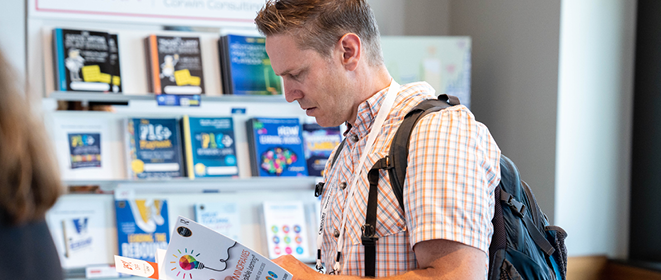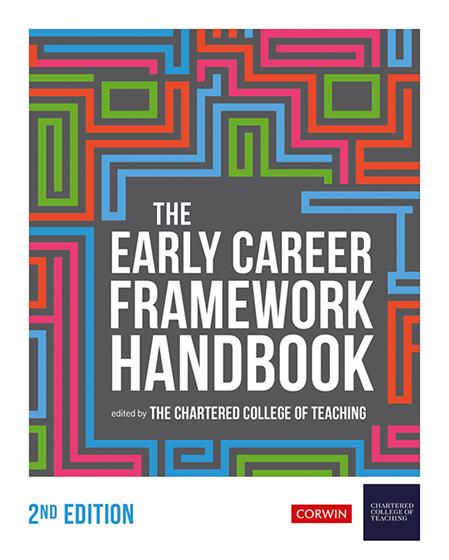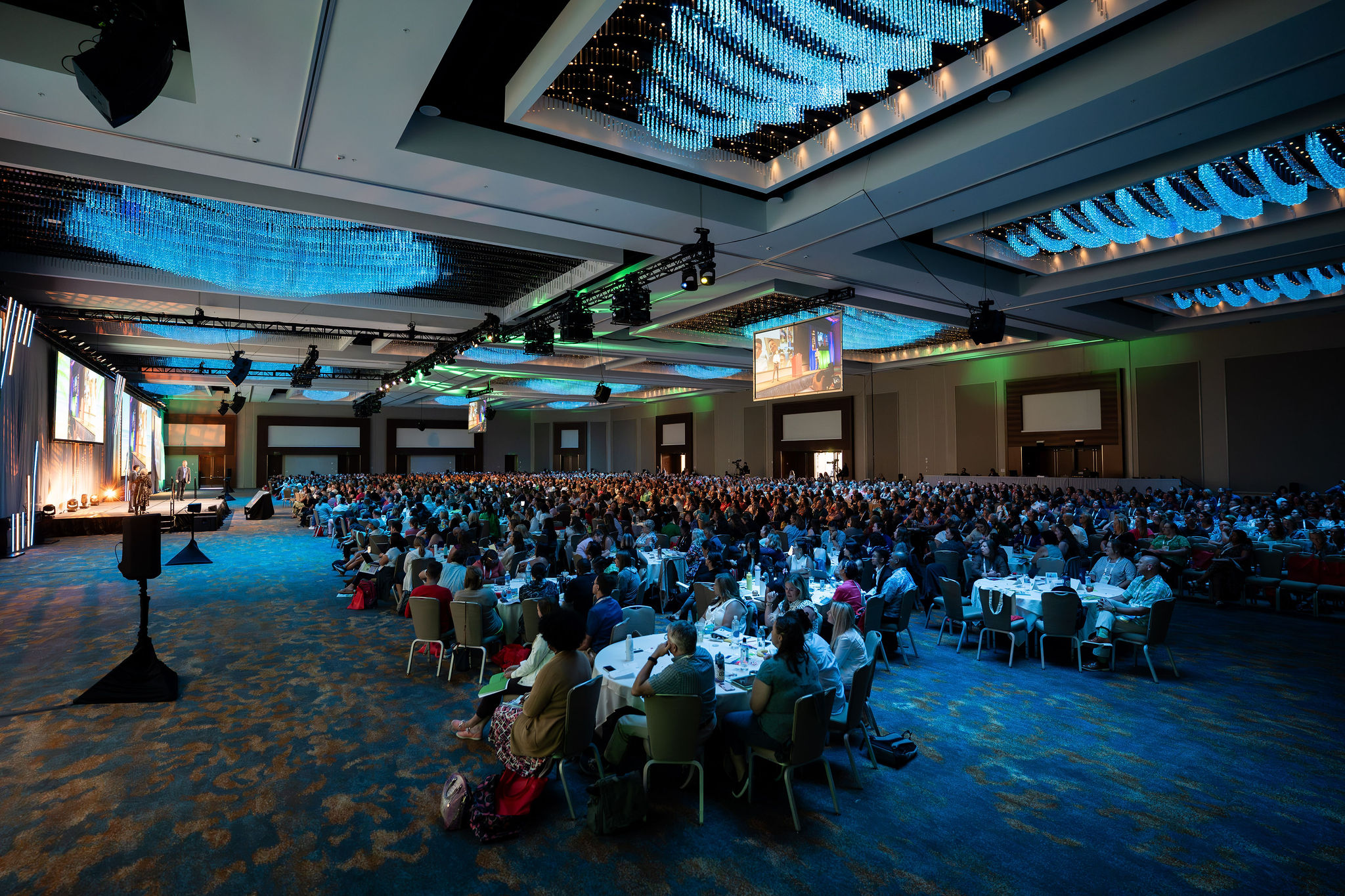Hands-on, Practical Guidance for Educators
From math,
literacy, equity, multilingual learners, and SEL, to assessment, school counseling,
and education leadership, our books are research-based and authored by experts
on topics most relevant to what educators are facing today.

Updated Edition of Bestseller
The Early Career Framework Handbook
Second Edition
Product Details
- Grade Level: PreK-12
- ISBN: 9781529791174
- Published By: Sage UK
- Year: 2022
- Page Count: 232
- Publication date: June 17, 2022
Review Copies
This book is not available as a review copy.
Other Titles in: Preservice Training | Staff Development & Professional Learning | Administration & Leadership


